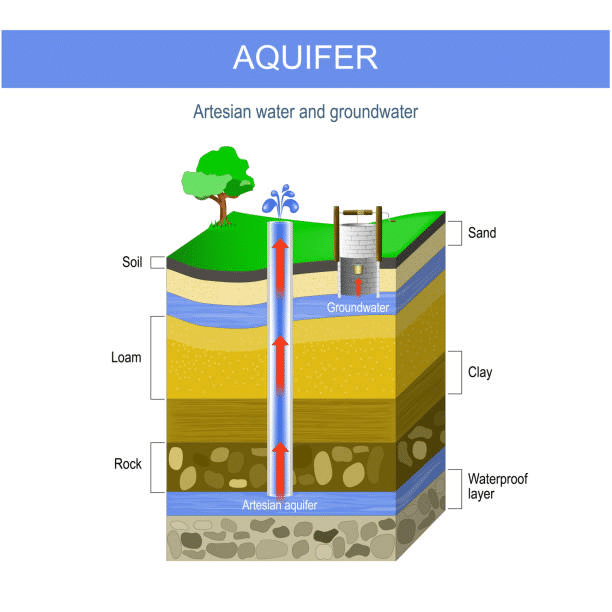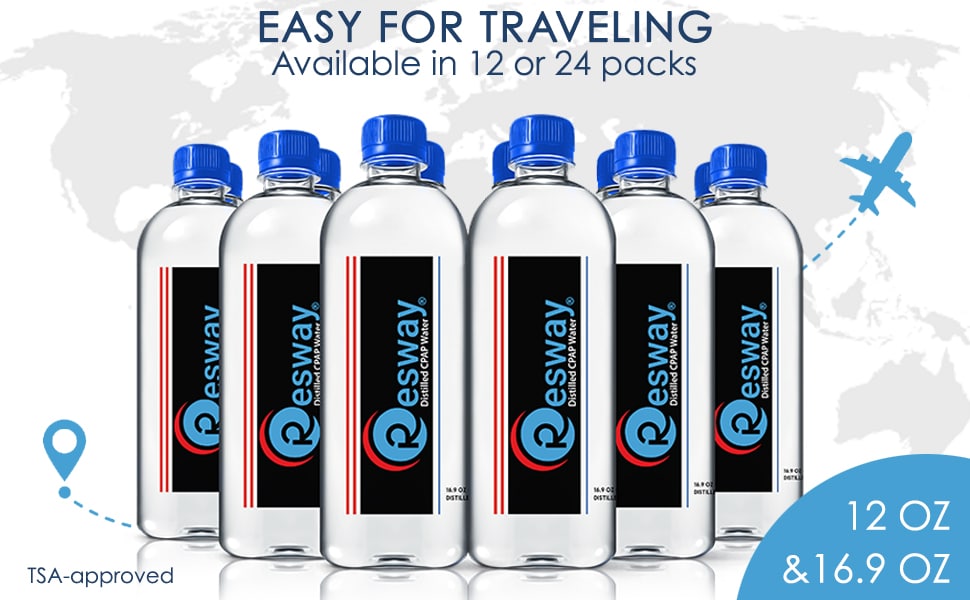Artesian water (AW) is a naturally filtered type of naturally sourced groundwater with a refreshing taste. The water is sourced from confined aquifers and is naturally filtered through layers of rock and soil, which can remove harmful contaminants and add beneficial minerals.
In this article, it is essential to understand the defining characteristics and safety of AW. By understanding the natural filtration process of artesian aquifers and how AW differs from other types of water, readers can make informed decisions about their drinking water consumption.
Understanding Artesian Water

Artesian is a type of groundwater that is filtered by porous rock substances and surfaces naturally without the need for a pump. The term “artesian” refers to a specific geological condition where water is trapped between layers of impermeable rock, forming a confined artesian aquifer that creates positive pressure, which causes the water to rise to the surface through flowing artesian wells.
AW sources are characterized by their natural filtration system, which allows the water to pass through layers of rock and soil, removing harmful contaminants and adding beneficial minerals. This process results in refreshing-tasting water, often high in naturally occurring minerals such as calcium and magnesium.
Artesian aquifers are formed over long periods through a complex geological process. Rainwater and snowmelt slowly seep into the ground and become trapped between layers of impermeable rock. Over time, the water builds up and creates a positive pressure within the aquifer, which causes the water to rise to the surface naturally through a flowing artesian well.
Artesian Water VS. Other Types Of Water
Artesian is often compared to other types of water, including spring, mineral, and tap water. While all these types of water are safe to drink, there are differences in taste, composition, and origin.
Spring Water
Artesian spring water flows naturally to the surface from a natural spring. Like AW, spring water is naturally filtered through layers of rock and soil and can often be high in beneficial minerals.
However, unlike artesian, spring water does not flow from a confined aquifer and may have a lower natural pressure level. Your local neighbor is interested in artesian spring water because businesses selling it in bottles claim that it is organically filtered since it passes through a porous surface under high artesian pressure.
Mineral Water
Is another type of naturally sourced water that contains a high level of minerals such as calcium, magnesium, and potassium.
Mineral water is often obtained from a natural spring, and like artesian and spring water, it is naturally filtered through layers of rock and soil. However, mineral water must contain a minimum level of dissolved minerals to be classified as such.
Tap Water
Tap water on the other hand, is treated and filtered water supplied to households and businesses through a network of pipes. While tap water is safe to drink, it may contain traces of chemicals, pesticides, and other contaminants that can affect its taste and composition.
Unlike artesian and spring water, tap water is not naturally filtered through rock and soil layers but is treated using a water filtration system.
The Safety Of Drinking Artesian Water
Artesian water is generally considered safe to drink, thanks to its natural filtration processes in artesian aquifers. This natural filtration process can also produce artesian bottled water that is safe for consumption.
Artesian naturally filters through rock and soil, removing hazardous impurities. However, artesian bottled water requires proper water source maintenance and quality testing.
Understanding Regulations and Maintenance
To ensure the safety of drinking AW, regulations and quality testing are in place. In the United States, the Environmental Protection Agency (EPA) sets standards for drinking water quality. The EPA requires that public water systems test and treat the water to meet specific health and safety standards.
Private well owners are also encouraged to regularly have their AW tested for contaminants. In addition to regulations and quality testing, it is essential to ensure that the artesian well is appropriately maintained and that the land surrounding the well is protected from pollution.
Environmental Impacts And Sustainability

If overexploited or unsustainable, AW extraction can harm the environment. Overexploitation can lead to the aquifer’s depletion, adversely affecting the ecosystem and the surrounding environment.
Artesian water extraction can also harm nearby ecosystems, especially if the source is weak. For example, suppose the artesian well is located in a wetland or other critical habitat. In that situation, water extraction might change the area’s hydrology and affect the plants and wildlife that depend on it.
Sustainable alternatives to AW extraction can be explored to address these environmental concerns. One alternative is to use rainwater harvesting or greywater recycling systems to reduce the demand for AW. Another option is using treated wastewater for irrigation rather than relying on artesian.
It is also essential to sustainably manage AW sources by monitoring and regulating water extraction and preventing aquifer overexploitation. This can involve limiting water removal and utilizing advanced monitoring methods to detect water table and ecological changes.
Can Artesian be used in CPAP Machine?
While artesian may be suitable for drinking, it is not recommended for use in a CPAP machine. CPAP machines require distilled water, which is water that has been boiled and condensed back into a liquid to remove impurities and minerals.
AW, on the other hand, can contain minerals and other contaminants that can build up in the machine over time and potentially damage its components. Therefore, it is essential to use only distilled water in a CPAP machine to ensure its proper functioning and longevity.
Also Read: What is a CPAP Machine, and What Does It Do?
Takeaway
Artesian water comes from limited aquifers and is naturally filtered through rock and soil, removing pollutants and adding minerals. AW is generally safe to drink, but it must be properly maintained and quality tested.
Understanding it is important, not only for its potential health benefits but also for its impact on the environment. If overexploited or unsustainable, AW extraction can have an environmental impact. Thanks for reading!
For those managing sleep apnea, maintaining overall health is crucial. Explore our range of CPAP accessories to enhance your sleep therapy by visiting our CPAP Health Collection on Amazon.




